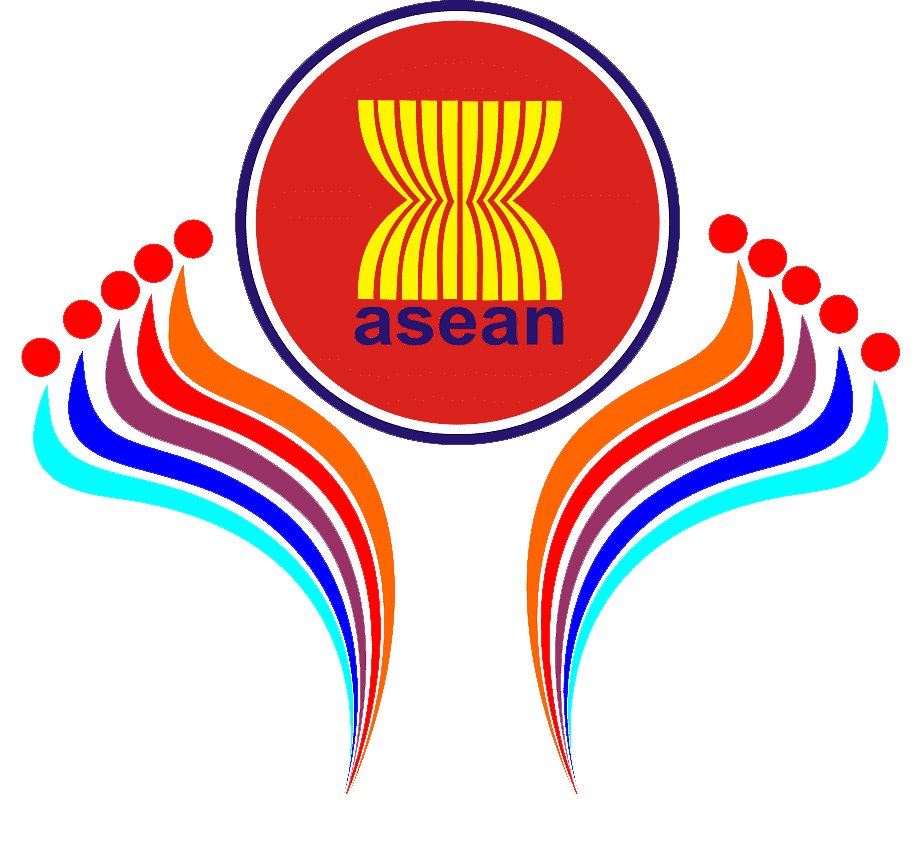The Association of Southeast Asian Nations (ASEAN) serves as a model for regional cooperation, economic growth, and peaceful coexistence. Established on August 7, 1967, in Bangkok, Thailand, ASEAN initially comprised five founding members: Indonesia, Malaysia, the Philippines, Singapore, and Thailand.
Over the decades, ASEAN expanded to include Brunei, Vietnam, Laos, Myanmar, and Cambodia, making it a ten-member regional bloc. Today, ASEAN integration stands as a significant force in promoting economic growth, political security, and socio-cultural unity across Southeast Asia.
Foundations of ASEAN: Unity in Diversity
From its inception, ASEAN has promoted principles of non-interference, mutual respect, and peaceful conflict resolution. The organization was formed to build stronger relations among Southeast Asian nations and to foster cooperation that respects national sovereignty.
With the inclusion of new members such as Vietnam (1995), Laos and Myanmar (1997), and Cambodia (1999), ASEAN has broadened its scope. Each country’s unique experience has enriched the association, helping create a robust platform for dialogue and development.
The ASEAN Free Trade Area (AFTA)
A major milestone in ASEAN integration is the creation of the ASEAN Free Trade Area (AFTA), launched in 1992. AFTA aims to reduce tariffs and remove trade barriers among member states, promoting intra-regional trade and economic competitiveness.
The initiative has led to significant growth in the region’s economy. By lowering trade costs and simplifying customs procedures, ASEAN has encouraged greater investment and business cooperation among its diverse member nations.
The founding members reached most of their tariff reduction targets by 2008, while newer members followed suit over the next few years. This phased approach allowed each country to adjust gradually, ensuring sustainable development without disrupting local industries.
ASEAN Political-Security Community (APSC)
The ASEAN Political-Security Community (APSC), established in 2009, represents another pillar of ASEAN’s integration strategy. Its main goals include:
-
Promoting peace, stability, and political cooperation
-
Strengthening democratic values and human rights
-
Enhancing collective responsibility in regional affairs
The ASEAN Charter, signed in 2008, provides the legal framework for the APSC. The community fosters cooperation on security issues, including counterterrorism, human trafficking, and piracy.
The ASEAN Regional Forum (ARF)
The ASEAN Regional Forum (ARF), created in 1994, facilitates open dialogue on political and security concerns. With participation from China, Russia, the United States, and other partners, the ARF promotes diplomatic engagement and conflict resolution.
The Treaty of Amity and Cooperation (TAC)
First signed in 1976, the Treaty of Amity and Cooperation (TAC) underscores ASEAN’s commitment to peaceful relations. TAC has since been revised and expanded, allowing external partners to join and collaborate on regional stability and development.
ASEAN Socio-Cultural Community (ASCC)
The ASEAN Socio-Cultural Community (ASCC) focuses on human rights, cultural preservation, and environmental protection. The ASCC aims to promote:
-
Social welfare and community building
-
Disaster management and climate resilience
-
Cultural heritage preservation
Cultural and Social Initiatives
Programs such as the ASEAN Prize for Literature and the ASEAN Cultural Heritage Digital Archive highlight the bloc’s efforts to celebrate and preserve the rich cultural diversity of Southeast Asia.
At the same time, ASEAN works to strengthen disaster management capabilities and promote sustainability. The ASEAN Agreement on Disaster Management and Emergency Response (AADMER) is one such initiative aimed at protecting the region’s ecosystem and improving resilience.
ASEAN’s Global Role and Economic Power
ASEAN’s economic power is significant. With a combined GDP of over $3 trillion and a population exceeding 650 million people, the region has become a major global player.
Through open integration policies, ASEAN promotes:
-
Free trade and investment
-
Ease of doing business across borders
-
Movement of skilled labor and professionals
These initiatives help position ASEAN as a central hub in the global economy, fostering partnerships that extend beyond Southeast Asia.
Conclusion: ASEAN’s Ongoing Journey
Since 1967, ASEAN integration has helped build a peaceful, stable, and prosperous community. The organization’s success is rooted in its commitment to unity through consensus, respect for national sovereignty, and cooperative growth.
ASEAN continues to serve as a platform for diplomacy, trade, and cultural exchange. Its resilience in the face of natural disasters, political changes, and economic shifts highlights its vital role in shaping Southeast Asia’s future.
As ASEAN moves forward, it remains a symbol of multilateralism, ensuring that peace, stability, and prosperity are shared across the region.





